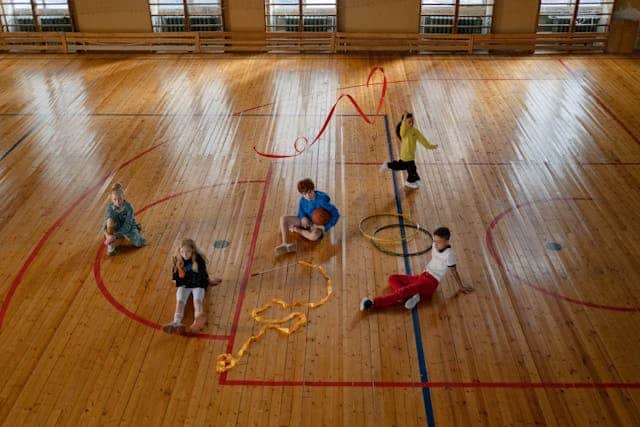
Sedentary behaviour and bone health in older adults: a systematic review
March 31, 2021
Device-assessed total and prolonged sitting time: associations with anxiety, depression, and health-related quality of life in adults.
April 14, 2021A new paper entitled ”Associations between mentally-passive and mentally-active sedentary behaviours during adolescence and psychological distress during adulthood” has recently been published in Preventive Medicine. Citation details and a summary of the paper are re-posted below. The full publication is available here (open access).
Werneck, A. O., Hoare, E., Stubbs, B., van Sluijs, E. M. F., & Corder, K. (2021). Associations between mentally-passive and mentally-active sedentary behaviours during adolescence and psychological distress during adulthood. Preventive Medicine, 145, 106436. https://doi.org/10.1016/j.ypmed.2021.106436
ABSTRACT
It is unclear if different types of sedentary behaviour during the adolescence are differentially associated with psychological distress during adolescence and adulthood. It is also unknown what may mediate this potential proposed association. The current study aimed to analyse the association of mentally-active and mentally-passive sedentary behaviours during adolescence (16y) with subsequent psychological distress during adulthood (42y), and to examine the role of potential mediators (42y). Data from the 1970 British Cohort Study was used (N = 1787). At age 16y participants reported time and frequency in mentally-passive (TV-viewing and watching movies) and mentally-active (reading books, doing homework and playing computer games) sedentary behaviours, psychological distress and organized sports participation. At 42y, participants reported cognition (vocabulary test), TV-viewing, psychological distress, self-rated health, body mass index and employment status. Education was collected throughout the follow-up years. Logistic regression and mediation models assessed associations. Multiple imputation using chained equations was used to assess the impact of missing data. Mentally-passive sedentary behaviour in adolescence was a risk factor for psychological distress during adulthood in complete-cases analysis [OR:1.44(95%CI:1.09–1.90)], which was confirmed by the model with multiple imputation. Mentally-active sedentary behaviour at 16y was not associated with psychological distress at 42y. Adult TV-viewing during weekends (24.7%), and self-rated health (19.0%) mediated the association between mentally-passive sedentary behaviour during adolescence and psychological distress during adulthood. However, the mediation was not clear in the models with multiple imputation. Mentally-passive sedentary behaviour during adolescence was associated with elevated psychological distress during adulthood and this association was mediated TV-viewing and self-rated health in adulthood.
Click here to read the full paper.




